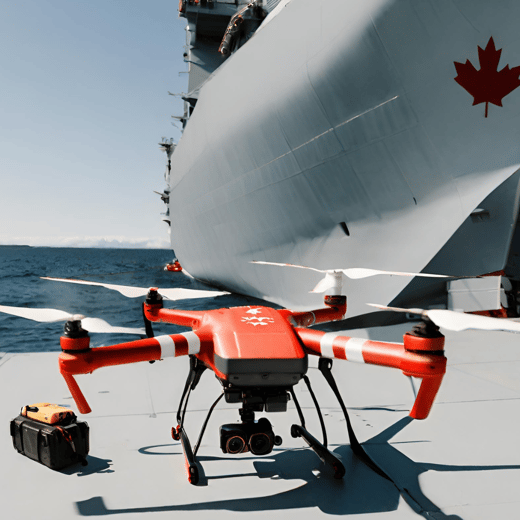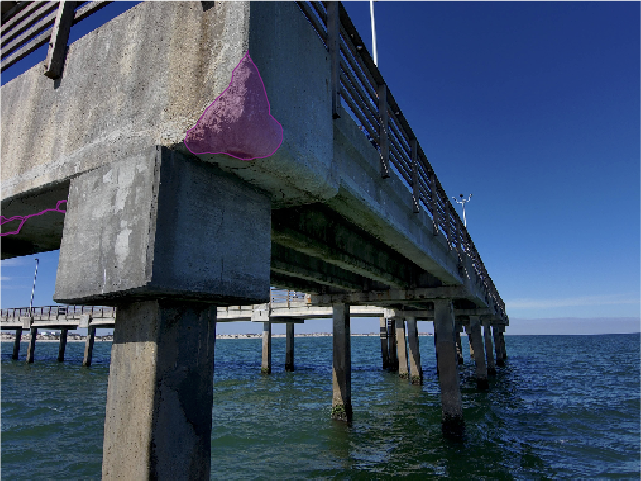
Drones, once seen as mere toys for hobbyists, have undergone a transformative evolution in the past decade. Their journey from being recreational gadgets to becoming indispensable tools in critical inspections is remarkable. This transition has been fueled by rapid technological advancements, making drones more sophisticated, reliable, and versatile. Let's delve into this evolution and understand the industries that have benefitted most.
The Recreational Beginnings
Drones, initially, were popularized as recreational gadgets. Enthusiasts and hobbyists used them to capture aerial photographs, race in competitions, and enjoy the thrill of flying. Their compact size, ease of use, and affordability made them an instant hit among the masses.
Technological Advancements Paving the Way
As technology progressed, drones became equipped with advanced sensors, high-resolution cameras, and longer battery lives. These enhancements allowed them to be used in more professional settings. Drones could now fly longer distances, capture detailed images, and even carry payloads. This opened the door for their application in various industries, from agriculture to real estate.
Qii.AI: Leading the Way in Remote Inspection
One of the standout platforms that have harnessed the power of drones for critical inspections is Qii.AI. This market-leading AI platform is designed to automate critical infrastructure inspections. With Qii.AI, inspection teams can remotely inspect assets using 3D digital twins, share data, generate reports, and apply AI to reduce inspection times.
Remote Inspection with Digital Twins
Qii.AI's remote inspection feature stands out with its use of "Digital Twins." Digital Twins are virtual replicas of physical assets, allowing for a comprehensive and detailed view of the infrastructure. This technology enables inspection teams to have a real-time look at the assets, making the inspection process more efficient and accurate.
Moreover, the platform can automatically detect problems by category and material, such as steel corrosion or cracks in concrete. It also fuses above and below-the-waterline inspection data, providing a holistic view of assets by integrating data from multiple sources, including visual, thermal, LiDAR, and SONAR.
Testimonials: A Reflection of Excellence
The effectiveness and efficiency of Qii.AI are not just claims but are backed by those who have experienced its prowess. Chad Rabitoy, the Dimensional Metrology Services Manager at Acuren, vouches for the platform's capabilities. He states:
"One of the biggest advantages of cloud-based digital inspections is collaborating with clients. The Qii.AI system does exactly that. It is the perfect solution for remote inspections with our clients. It allows for extensive collaboration between us and our clients."
Inspecting Vessels/Marine: A Critical Use Case
The marine industry, particularly vessel inspection, is one area that has greatly benefited from drone technology. Traditional methods of inspecting ships and underwater structures were time-consuming, costly, and often risky. Drones, equipped with advanced sensors and cameras, can now perform these inspections with greater accuracy and in a fraction of the time. They can access hard-to-reach areas, provide detailed imagery of a ship's condition, and detect issues like corrosion or structural damage. With platforms like Qii.AI, the data collected can be analyzed in real time, providing actionable insights and ensuring the vessel's safety and longevity.
Conclusion
The evolution of drones from recreational gadgets to critical inspection tools is a testament to the power of technological advancement. As drones become more advanced and platforms like Qii.AI push the boundaries of what's possible, we can expect even more industries to harness their potential, ensuring safer and more efficient operations.


.png)
